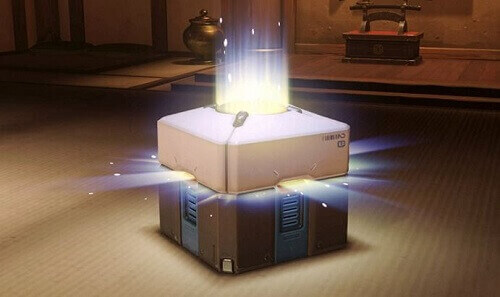Loot Boxes and skin gambling revenue is expected to climb by as much as 60% in the next few years. According to a new report by Juniper Research, gamers will spend 60% more on loot boxes and skin gambling by 2020, making it a $50 billion market. Out of this, $48 billion is expected to come from loot box purchases.

The market for loot boxes and skin gambling in video games is expected to be worth $50 billion by 2020. This will predominantly be driven by mobile games and free-to-play titles
Loot Boxes Weakened, but Here to Stay
Last year saw intense backlash from the gaming community over the loot boxes and micro-transactions being used so excessively in $60 AAA video games. Loot boxes contain a set number of random items for the video game, with players having no idea if they will receive items they want. These are given as rewards in-game, but can also be bought for real money. The situation exploded after the release of EA’s Star Wars Battlefront II, which tied in-game progression to the loot box system. This meant that players who were willing to spend extra money on purchasing loot boxes would have a real, in-game advantage over other players in this online multiplayer game.
The controversy also drew attention from governments around the world. They started to look into whether these loot crates could be considered gambling. While the backlash seems to have caused the AAA gaming industry to shy away from loot boxes, the practice is definitely not going away. Mobile games and other free-to-play titles are continuing to use loot crates as a way of making money and supporting the game. Loot boxes are used to create a compulsion loop and keep players coming back to the game in question.
Skin Betting Could Move Underground
As for skin betting, the market is also expected to grow, but it won’t be as prominent as loot boxes. Skins are in-game paint jobs for vehicles or weapons. The rarer the skin is, the more valuable it is. This has lead to an industry where players can trade skins, or even gamble with them.
2016 saw Valve, the publisher of Counter-Strike: Global Offensive, facing two lawsuits for allowing and facilitating underage gambling. Young children were able to participate in the gambling of these skins before Valve started to crack down on the operators. The crackdown has created worries that it will simply move underground and that it could be a $1+ billion industry by 2020.




